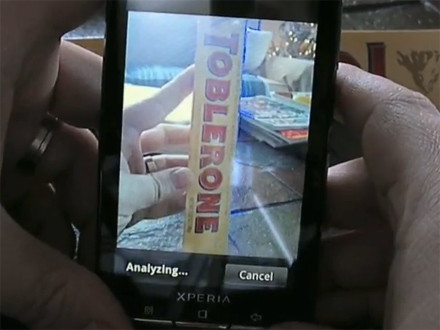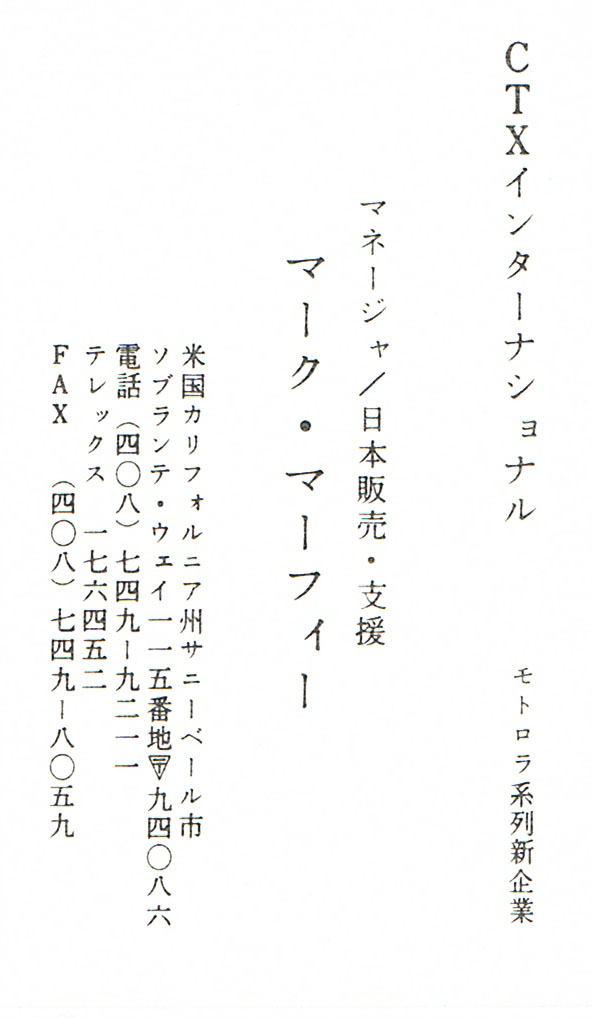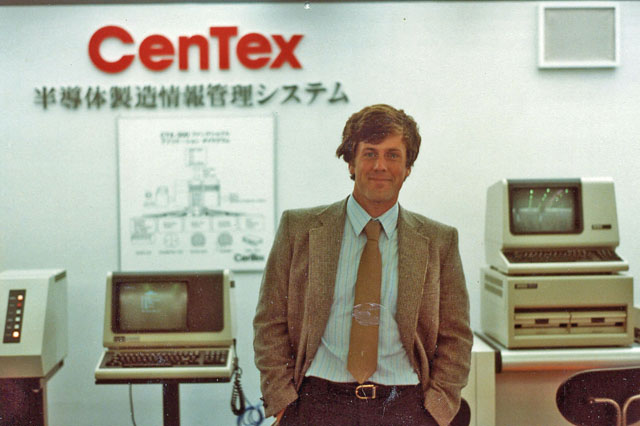Promoting Public Purpose Apps
 My career took an unexpected turn in 2009 when I was invited into the non-profit world. One Economy helps people enter the economic mainstream by providing digital access, training and media. I had the fortune to serve as director of the Social Innovation Lab there from 2009 to 2011.
My career took an unexpected turn in 2009 when I was invited into the non-profit world. One Economy helps people enter the economic mainstream by providing digital access, training and media. I had the fortune to serve as director of the Social Innovation Lab there from 2009 to 2011.
My main objective was to promote both internal and external innovation around public purpose applications for mobile devices and the desktop.
Internally, we started a collaboration tool called the Half Bakery (after the web site of the same name) to collect application ideas and encourage input from around the company on projects that could meet the corporate mission. This also served to focus fund raising on sponsor organizations that would be interested in seeing the applications being built.
Externally, we started a developer community at ApplicationsForGood.org around four key needs related to poverty in the U.S. I wrote or edited many of the articles and business ideas. A4G was featured in this Huffington Post article. A4G is intended to help developers and funders discover new markets among low-income people by creating apps that matter in their lives. In 2011, ATT and Papaya Mobile sponsored the first A4G apps contest.
 Part of our commitment for funding was to create our own public purpose applications to serve as examples.
Part of our commitment for funding was to create our own public purpose applications to serve as examples.
I wrote a native Android application called Respond after the Haitian earthquake. It filled the need for people to have a discoverable app in the stores that pointed them to ways to contribute to relief and get informed in times of crisis. The app can be instantly updated, as it was after the disaster this year in Japan.
We also made an application called MyTaxBack, available via SMS, Facebook, iPhone and Android. It’s a simple calculator to remind people that if they file their taxes they are likely to get a refund as a result of the EITC. The Earned Income Tax Credit is widely held as one of the best innovations against poverty in the US.
As part of the MyTaxBack program I wrote a reusable SMS response tool for text messaging campaigns. Along with this we created a database for tracking users of the various OE programs and media, anonymously, of course, to be able to reconnect at opportune times. For example, if someone files for a tax refund, we would send a text reminder, at about the time they would receive the money, to check out options for setting up a bank acount or paying down credit card debt. The vision is to create sort of a CRM for coaching people to help themselves.
Augmented reality does not seem, at first thought, to be an appropriate technology for helping the poor. Considering though that over half of homeless people have a mobile phone already we felt the need to stay ahead of the adoption curve. So we developed the Beehive Local layer on Layar. It helps social service providers in the field to locate nearby emergency food, shelter and medical help.
As in any non-profit, there was lots of grant writing. I had the chance to work with some real gifted people in this area. One proposal that I was really proud of was for mReady, an application that would run on feature phones and smart phones to help people prepare for a disaster. After Katrina, it was apparent that rescue and relief could have been improved with many of the features available on people’s devices. The app could prepare folks with checklists, storage of important documents, photos of belongings, a rendevous plan for the family etc. The proposal was presented to the chairman of the Homeland Security Committee in the House of Representatives for consideration.
Of the many ideas left to make into reality, one application I would love to see built is for Facebook. It would be a game that classrooms would play, based on homework material submitted by teachers. The objectives are to both improve and to help in mastering the subject. Advanced students could score points by explaining concepts to strugglers (no giving of answers). If you are interested, contact me.










